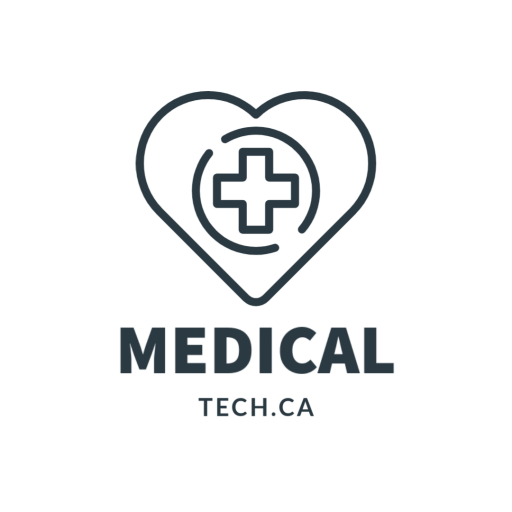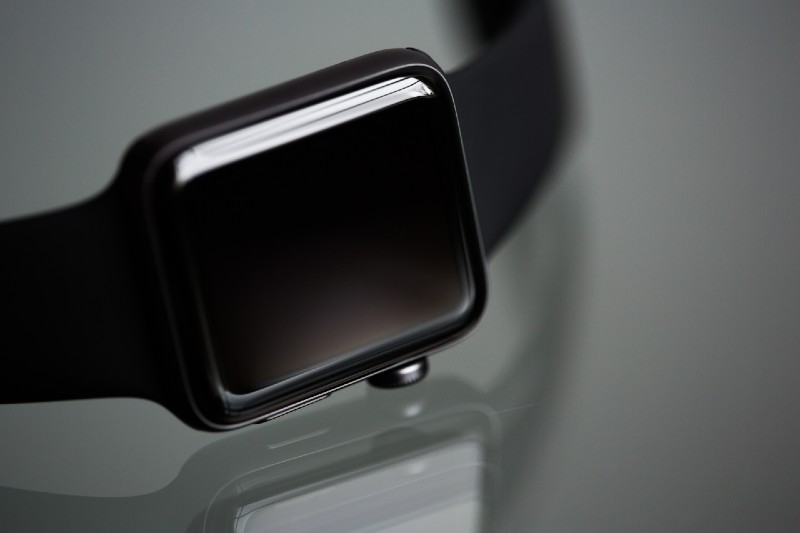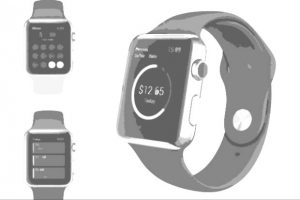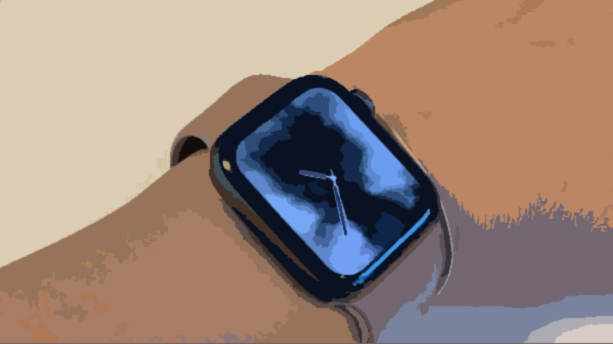
by medicaltechont | Jul 18, 2023 | AI, Technology
In recent years, the healthcare industry has witnessed an exponential growth in data generation and technological advancements. With the emergence of machine learning, healthcare providers now have a powerful tool at their disposal to enhance diagnoses, streamline patient data reviews, and automate outcomes.
Leveraging the vast amount of medical information available, machine learning algorithms can analyze patterns, identify correlations, and make accurate predictions, revolutionizing the field of healthcare.
Diagnoses Reinvented
Machine learning algorithms are transforming the way diagnoses are made, enabling healthcare professionals to make more accurate and timely assessments. By leveraging large datasets and powerful computational capabilities, these algorithms can analyze symptoms, medical history, and test results to identify patterns that might not be immediately apparent to human clinicians. Moreover, machine learning models can continuously learn and improve by incorporating new data, ensuring that diagnoses remain up-to-date and relevant.
Patient Data Reviews Revolutionized
Gone are the days of manual patient data reviews that consume valuable time and resources. Machine learning algorithms can sift through vast amounts of patient data, including medical records, imaging scans, and genetic information, to extract meaningful insights quickly. These algorithms can detect hidden patterns, correlations, and anomalies within the data, helping healthcare providers make informed decisions and identify potential risks. By automating the data review process, machine learning streamlines workflows, allowing clinicians to focus more on patient care.
Automated Outcomes Enabled by Machine Learning
With the advancement of machine learning techniques, the potential for automated outcomes in healthcare is within reach. By analyzing historical patient data, machine learning algorithms can predict the likelihood of different treatment outcomes for specific conditions. This information can assist clinicians in selecting the most effective interventions, optimizing patient care and improving overall outcomes. Moreover, machine learning algorithms can provide decision support systems that aid in personalized treatment plans, medication recommendations, and disease management.
Machine Learning – What It Is and How It Works
To learn more about machine learning and its applications in healthcare, check out this comprehensive guide – What is Machine Learning. It explains the core concepts of machine learning, such as supervised and unsupervised learning, and provides examples of how it is transforming various industries, including healthcare.

by medicaltechont | Jul 8, 2023 | AI, EHR, Healthcare, Microsoft, Software, Technology
Microsoft Corp. and Epic recently announced an exciting development in their strategic collaboration, aiming to revolutionize the healthcare industry. The two technology giants are combining their expertise to integrate Azure OpenAI Service with Epic’s industry-leading electronic health record (EHR) software. This collaboration unlocks the potential of generative AI, providing powerful tools for healthcare professionals.
Building upon their existing partnership, which allows organizations to leverage the Microsoft Azure cloud platform for running Epic environments, this integration marks a significant step forward.
By clicking here, you can delve into the details and explore the future possibilities this collaboration holds for the healthcare landscape.
“Microsoft is committed to creating responsible AI by design that is guided by a core set of principles: fairness, reliability and safety, privacy and security, inclusiveness, transparency, and accountability.”
Click here for more details.

by medicaltechont | Jun 26, 2021 | Legal, Privacy, Technology
 Data privacy defines who has access to data, and data protection actually provides tools and policies for restricting access to data. Compliance regulations help ensure that users’ privacy needs are fulfilled by businesses, and businesses are responsible for taking steps to protect individual user data.
Data privacy defines who has access to data, and data protection actually provides tools and policies for restricting access to data. Compliance regulations help ensure that users’ privacy needs are fulfilled by businesses, and businesses are responsible for taking steps to protect individual user data.
The issue of data privacy is gaining traction around the world. What can businesses do to ensure that users’ digital rights are protected? Companies have been utilizing user data without their awareness for years, even in places where data collection and security norms and laws are frequently ignored. Consumers and regulatory organizations are increasingly scrutinizing, criticizing, and flagging unchecked data practices. It is critical that businesses follow procedures that assure data security and privacy protection. However, a recent research of mobile health applications discovered that a substantial majority of them are designed to capture personal data from users.
Data protection concerns may stem from a lack of clarity regarding who is protecting their data, what data is protected, and the complexities of multiple privacy laws. Click here, to check out this recent article on mobile apps and data privacy. Or click here to learn more about data privacy.

by medicaltechont | Jun 19, 2021 | Apple, Apple Watch, Healthcare, Technology
 The WWDC presentation was jam-packed with new capabilities for its hardware devices. Its initial Health app, released in 2014, contained personal health and wellness updates; pushing Apple into the healthcare arena. It’s difficult to judge the impact of Apple’s work in these areas at the moment, and health-related product announcements aren’t always as big as user interface changes. Apple’s main focus is to collect health data from your iPhone, Apple Watch, and other apps so you can keep track of your progress in one location. Apple’s devices are able to track your steps and walking; while running distances are automatically monitored by Health. You can look at long-term patterns or go into the nitty gritty of a variety of health parameters.
The WWDC presentation was jam-packed with new capabilities for its hardware devices. Its initial Health app, released in 2014, contained personal health and wellness updates; pushing Apple into the healthcare arena. It’s difficult to judge the impact of Apple’s work in these areas at the moment, and health-related product announcements aren’t always as big as user interface changes. Apple’s main focus is to collect health data from your iPhone, Apple Watch, and other apps so you can keep track of your progress in one location. Apple’s devices are able to track your steps and walking; while running distances are automatically monitored by Health. You can look at long-term patterns or go into the nitty gritty of a variety of health parameters.
I have an Apple Watch and find it to be one of the most useful and adaptable gadgets available. With so many other companies on the market, Apple has delivered a solid and reliable device focused on the user experience while continuing to advance in healthcare by leaps and bounds. Apple’s devices can monitor your steps, walking, running distance, heart rate and nutrition; along with providing additional information on sleep analysis, heart rate variability and weight. During the pandemic, there have been several changes, including a shift in how we collect information about our health. With this shift Apple stated that privacy and security are an important aspect of the value of its products.
Apple will continue to be present as we move forward, providing a more consistent application of care. Want to watch the entire WWDC presentation? Click here.

by medicaltechont | Feb 3, 2020 | AI, AR, Google, Samsung, Technology
So what is Augmented Reality Technology anyway? In it’s simplest form it is fusion of an interactive experience. It connects the real-world with a computer-generated one. You can use mobile devices, Smart Glasses, AR contact lenses, VR displays or special hardware. Google jumped into the world early, with the hope of pushing consumer technology forward. Google Glass arrived with fanfare and the possibilities were endless.
With the might of Google how could it fail? Unfortunately it did, but not totally. Google Glass was pricey, and possibly just too ahead of it’s time. Also many had concerns over privacy and how data was being used. However Google did help to push the technology forward. Augmented Reality hasn’t died. It merely has morphed and moved forward, in various forms. Amazon and Samsung have plans, along with a host of other companies. The glassware form of AR is only one aspect of the technology. Continue to follow as we delve into other areas of AR and it’s possible impact in the healthcare field.

by medicaltechont | Oct 13, 2018 | Apple, Apple Watch, FitBit, Healthcare, Smart Watch, Technology
The watch has evolved from the simple iconic Dick Tracy two-way radio. With the release of the latest Apple Watch Series 4 we now have a watch, or smart-device, with a built-in electrocardiogram. Along with it’s FitBit type features the technology can only evolve.
“We estimate that there are almost 700,000 undiagnosed cases of AFib in the United States, and most of them would benefit from treatment such as anticoagulation to prevent stroke,” says Dr. Mintu Turakhia, executive director of Stanford University’s Center for Digital Health.
The possibilities for better healthcare monitor can only grow and it will be interesting to see where the technology takes us.
Read more about the growth of the Smart Watch (Apple Watch Series 4).
https://www.cnet.com/news/apple-watch-series-4-ekg-heart-rate-monitor-next-level/






 The
The 

